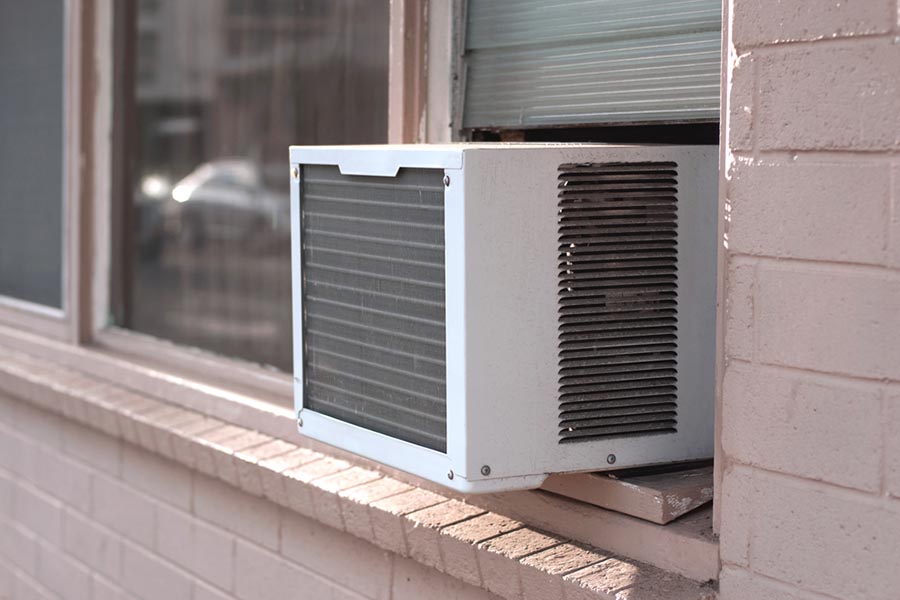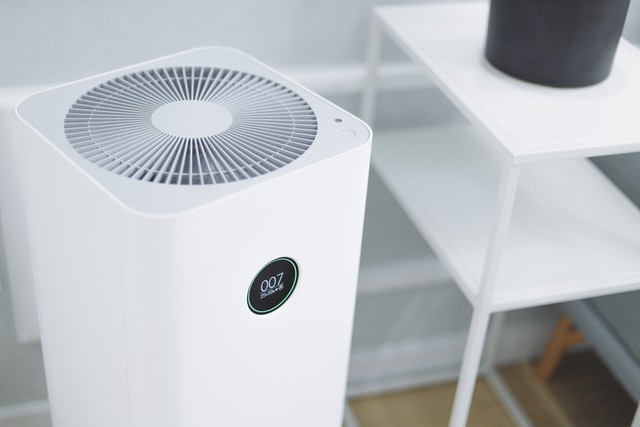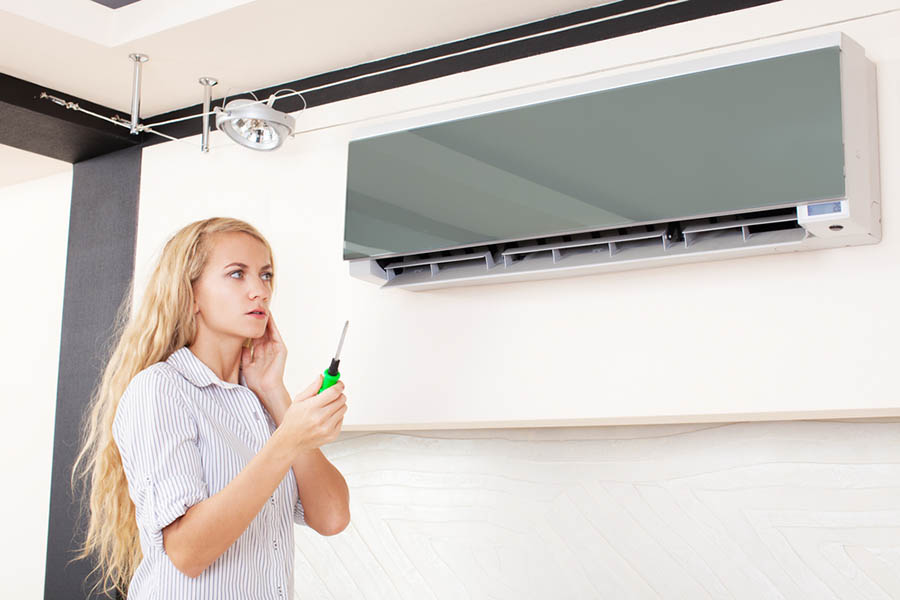The important points
- There are several types of air conditioner, some being more suitable for certain homes than others.
- The cooling capacity of an air conditioner is measured in British Thermal Units.
- There are portable air conditioners that are far easier to add to your home than wall- or window-mounted units.
How much power do you need from your air conditioner?
Prior to purchasing an air conditioner for your home or apartment, you should determine how much cooling power you’ll need. Cooling capacity is measured in British Thermal Units, or BTUs, referring to the amount of heat a unit can remove from your residence.
A BTU calculator such as this one can help you determine the appropriate capacity necessary for a unit to properly cool your living space.
When considering the purchase of an air-conditioning unit or system, there are four main choices. We’ll discuss the pros and cons of each so that you can focus on the type of unit or system that will best meet your needs.
Window air-conditioners

Window units pack a lot of punch for their price. They are designed to fit into your window, and there are even small units designed especially for casement windows, which swing open from the side, rather than raise and lower.
They contain everything you need in one package: compressor, condenser, expansion valve/coil, etc. They are relatively inexpensive and generally have good cooling power, although it may take a bit of time to cool outlying areas.
Window units are also relatively easy to install and they don’t require you to make any modifications to your walls. If you are a tenant, this is an important consideration. However, you need to close off the area around the unit so air is not coming in and out of the window through the gaps.
And as a bonus? You can take a window air conditioner with you if you move.
Portable air-conditioners

Portable units are the easiest option, aside from window units, although they are space hogs. They are usually on wheels and sit on the floor near a window, where a hose can pump out hot air through the window to the outdoors.
An adjustable frame for the hose blocks off the rest of the window. You can move them from room to room as needed, although they may be challenging to roll on carpet. They’re not terribly efficient compared to other styles.
Dual-hose systems cool the air in the room more efficiently by using outside air to cool the unit, but of course they are slightly more expensive than single-hose units.
Both are more expensive than window units and use more energy. They are also heavy and use up precious floor space in small apartments. However, they don’t require modifications to your walls. Again, if you are a renter, this is very helpful.





